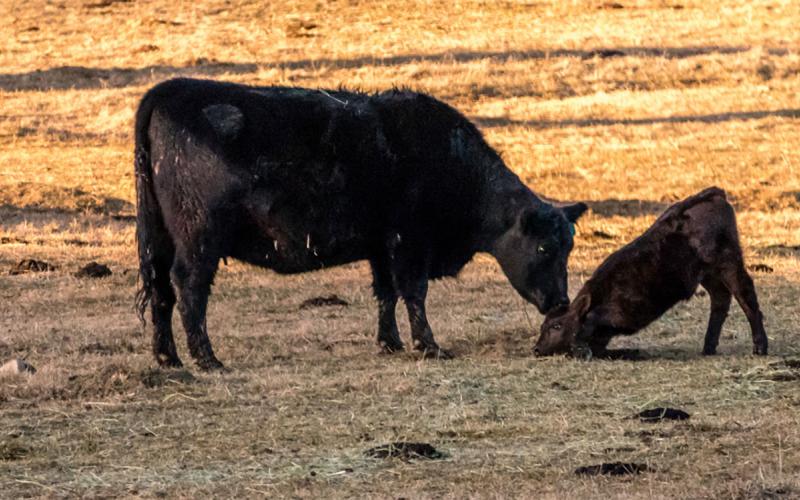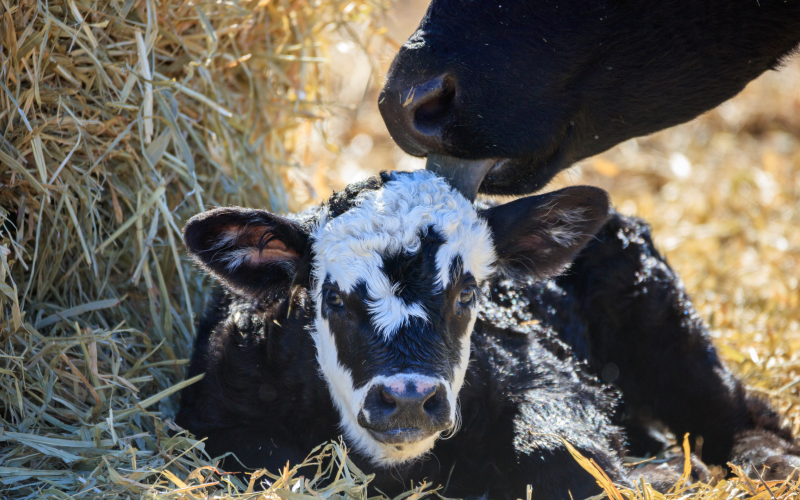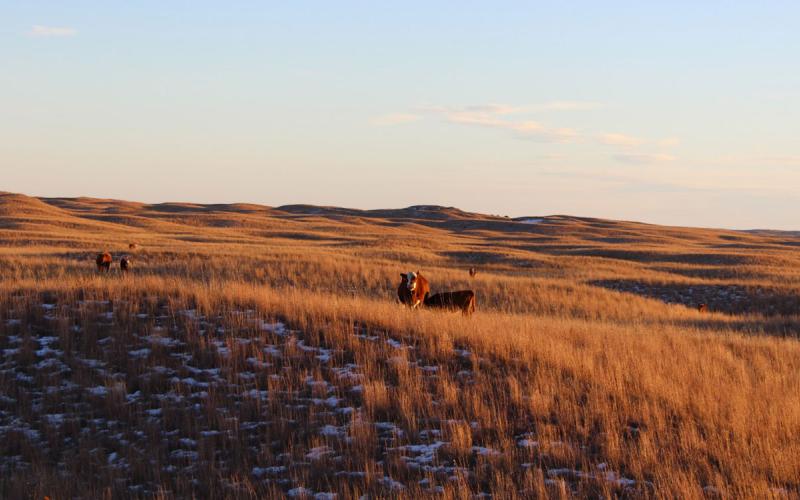Written with contributions by Madison Kovarna, former SDSU Extension Beef Nutrition Field Specialist.
Introduction
Recordkeeping is not a new practice for beef producers around the nation. There are many details that must be kept in line, such as feed directives, veterinary visits, sale barn receipts, and the seemingly endless list continues. During busy times of the year, proper recordkeeping can easily take a backseat, and calving season is no exception. Complete and well-maintained calving records hold large amounts of information that can be used to improve or evaluate your operation.
Why are calving records important and what should be included?
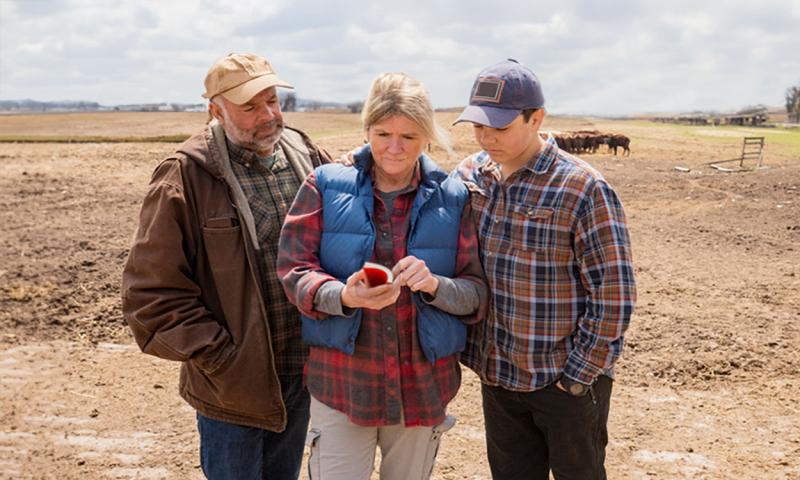
Calving records do not have to be overly complex. Even small pieces of collected data can provide insight into your herd. Data collected can be used to not only evaluate calf performance, but also examine cow performance and production history. Details recorded can be utilized to make difficult management decisions a little easier, such as what cows to cull or which herd bull to replace. Records can illustrate the production history of females in the herd in terms of which ones have poor maternal instincts; which required assistance during labor; and which had stillbirths, abortions, or poor calf performance. Additionally, udder and teat scores can be taken at calving to assist in decisions about female longevity.
Traits and qualities that are included within calving records depend on what a producer is interested in tracking and monitoring. Breed associations require varying reporting levels, but when deciding to keep your own calving records, it is imperative to decide what is important to you. If you are just starting to increase emphasis on keeping calving records, start small! Recording three traits consistently for all calves born is more beneficial than recording ten traits for only 50 percent of the calf crop. Examples of items that can be recorded regarding the calf include birth date, birth weight, calf ID, calf sex, calving ease score, and coat color. Below in Table 1 is a sample entry for a calving record.
|
Dam ID |
Calf ID |
Birth Date |
Birth Weight |
Sex |
Calving Ease Score |
Notes |
|---|---|---|---|---|---|---|
| 057 | 401 | 2/1/2024 | 75 | H | 1 | Vigorous |
| 886 | 402 | 2/4/2024 | 64 | H | 1 | - |
| 596 | 403 | 2/6/2024 | 87 | B | 2 | Slow, Assisted with nursing |
Source: SDSU Extension
What is the best method?
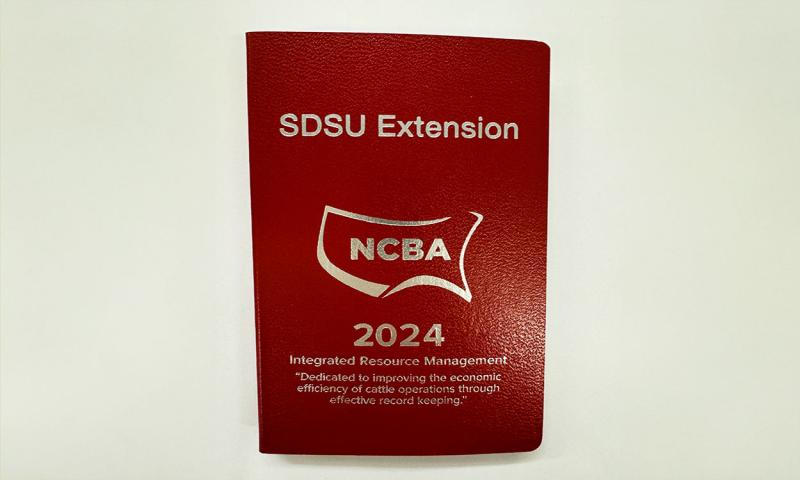
There are many methods for recording data during calving season, and the best method is the one that works best for the operation. A producer can utilize mobile phone apps or paper copies. A multitude of mobile apps are available for download to a smartphone. Some producers utilize computer software, like Excel or Google Sheets, to make spreadsheets to record data. Additionally, these spreadsheets can be accessed on a mobile device for easy viewing and editing when a computer is unavailable.
SDSU Extension has record books, commonly called Redbooks, available that provide pages for calving data, as well as several other production measures and benchmarks. If you are interested in receiving one of these books, contact your local SDSU Extension Field Specialist for further information. No matter which format suits you and your operation best, be sure to keep at least two copies of records in case of damage, misplacement, or loss.
The Bottom Line
In the end, a producer can only measure what is recorded throughout the year. Proper calving records can provide insights into herd performance, such as high-performing females and calf growth. Additionally, records can indicate low-producing females within the herd or genetic lines and combinations that are not producing high-quality offspring. No matter how the recordkeeping is accomplished, the information that comes from the tedious process is invaluable.
